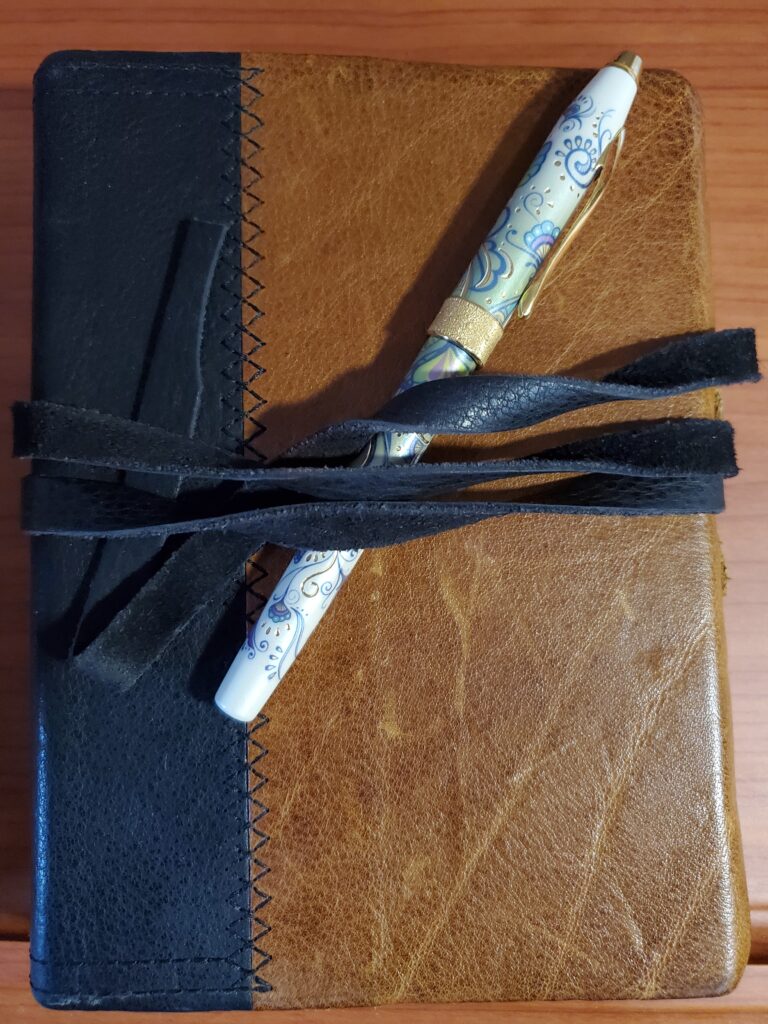I am ensconced in a semi-seedy Best Western is west Wichita, but working well and taking pleasure in a combined research-conference-see-old-friends expedition. Flew in here yesterday morning and immediately Ubered over to Wichita State University, more specifically its Ablah Library, and therein down to Special Collections, holders of the Joan O’Bryant papers.
Joanie was a legendary folklorist and folksinger of the generation just preceding mine. Born and raised in Wichita, she returned there to get her degrees and settled into teaching English and doing folklore at Wichita University, now WSU. She died in a car crash in, I think, 1961.
Her papers are a treasure house of collected lore – including, of course, lots of folksong, both from the Ozark region (she was buds with Vance Randolph) and from Kansas. I spent 2 1/2 hours poring over folksong texts, capturing wonderful stanzas and leads. Some things were new to me – they are in the realm of lost folksong – and these were of great interest. I can take these into my digital research and, I am sure, place them into lineage and context and, in some cases, the evolving canon of Great Plains balladry. Other things were new-to-me iterations of known ballads, always welcome. A couple of hours of manuscript research gave me leads I will be following up for months – will write more about all this, but right now I have to move on to other things.
The folks at the Ablah were most kind to me. After fiinishing up there, I was met by the wonderful Andrea Mott Glessner, our PhD grad from NDSU, but a Kansas girl, who works in a research center at WSU. We lingered over coffee for a couple of hours, catching up and talking prospects. This was a great pleasure.
Before settling in for an evening’s work back at the hotel (thesis chapters on my screen), I walked over to a local legend, the Oasis, for a burger they call the Widow Maker (see my Instagram post). I’m still alive this morning, so I beat the odds.
This morning I resumed desk work, but now must Uber over to Newman University, which is hosting the annual meeting of the Kansas Association of Historians. I’m not on the program today, just attending sessions and politicking and recruiting, and I look forward to it.
Then it’s back here to convene the Willow Creek Folk School at 8pm CDT. On the agenda is a run-through of the paper I will present to the KAH tomorrow, dealing with the Kansas origins of the classic ballad, “The Stern Old Bachelor.” Drop in if you’re inclined – Facebook Live on the Facebook timeline of Plains Folk.
After that, if I have any steam left, I have writing commitments to get back into. . . .
Meanwhile, I wonder what Dr. Kelley is up to in Philly. She should check in now and then, don’t you think?

